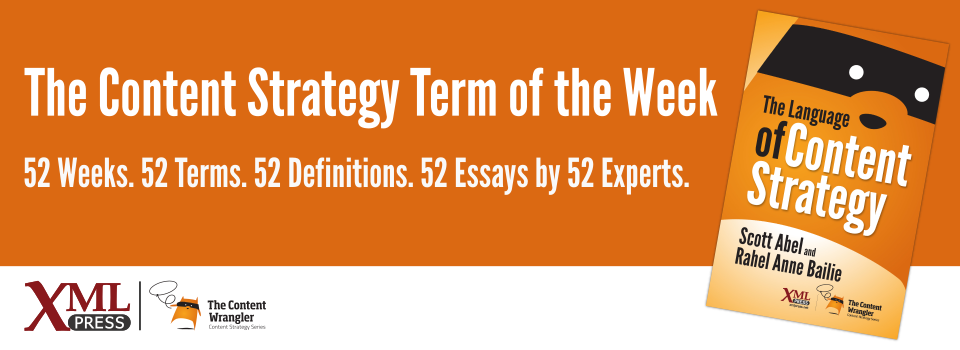What is it?
The art of optimizing a website so search results for the site appear in search engines regardless of language or region.
Why is it important?
Allows content to be found and consumed by more people than the nearest competitor by increasing findability in search engines result pages regardless of the language of search.
Why does a content strategist need to know this?
The investment in great online content will offer a superior return on investment (ROI) only if that content is available to consumers regardless of language or location. However, simply translating your content isn’t enough. People can’t engage with your content if they can’t find it. As Willy Brandt said, “If I’m selling to you, I speak your language. If I’m buying from you, dann müssen Sie Deutsch sprechen.”
Copy, localized or otherwise, starts with keywords. Using the right metadata, you can gain insights into what is being searched, where it’s being searched, the frequency of searches, and the level of competition. The Google Keyword Tool provides a wealth of information for free. Armed with this information, you can ensure that your content has a greater chance of being relevant and useful in the regions you’re targeting.
Also consider where you host your content; hosting on a local domain, for example domain.de, can signify trust. However, this will increase the workload; select a content management system carefully.
Once the content is in place, the process of reaching out to local bloggers and social media magnates in their own language can begin. Manually adding your site to local respected business directories will gain trust, as will carefully constructing local social media pages for your company.
Over time, localized pages will appear in the search engines. Using your measurements and feedback loops, determine the strategies that work best in each region to help you to gain prominent placement in search engine results across multiple languages.









